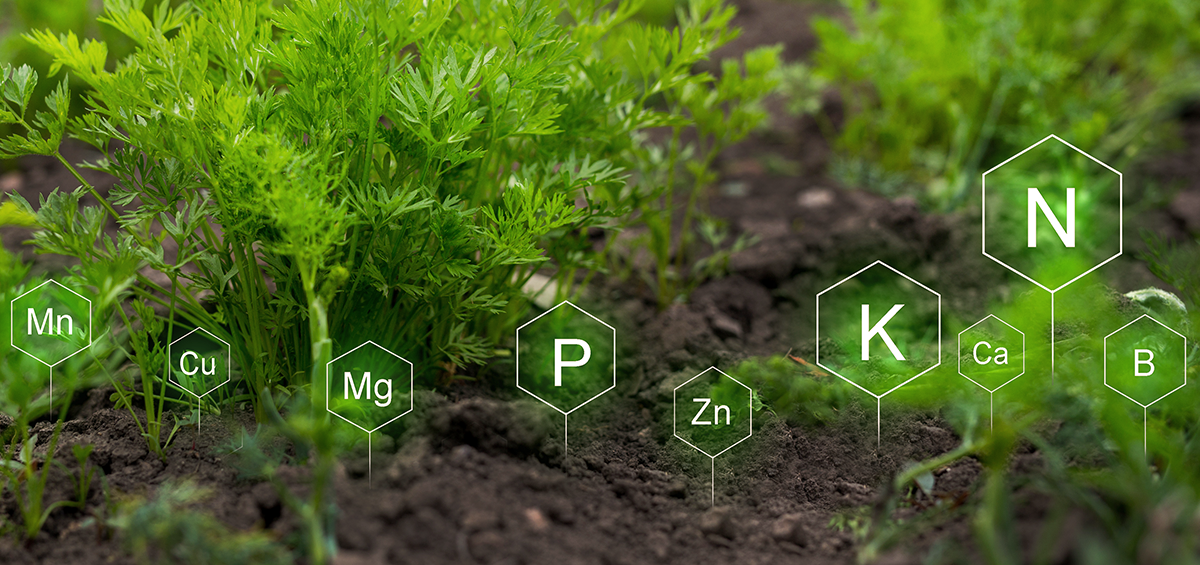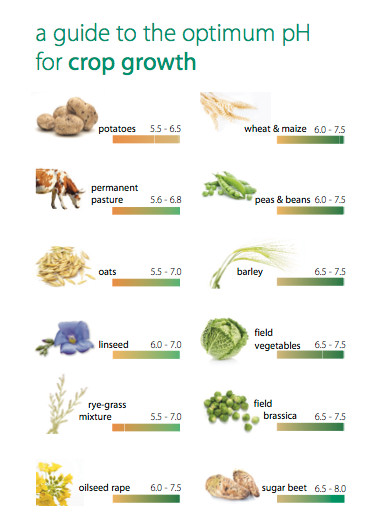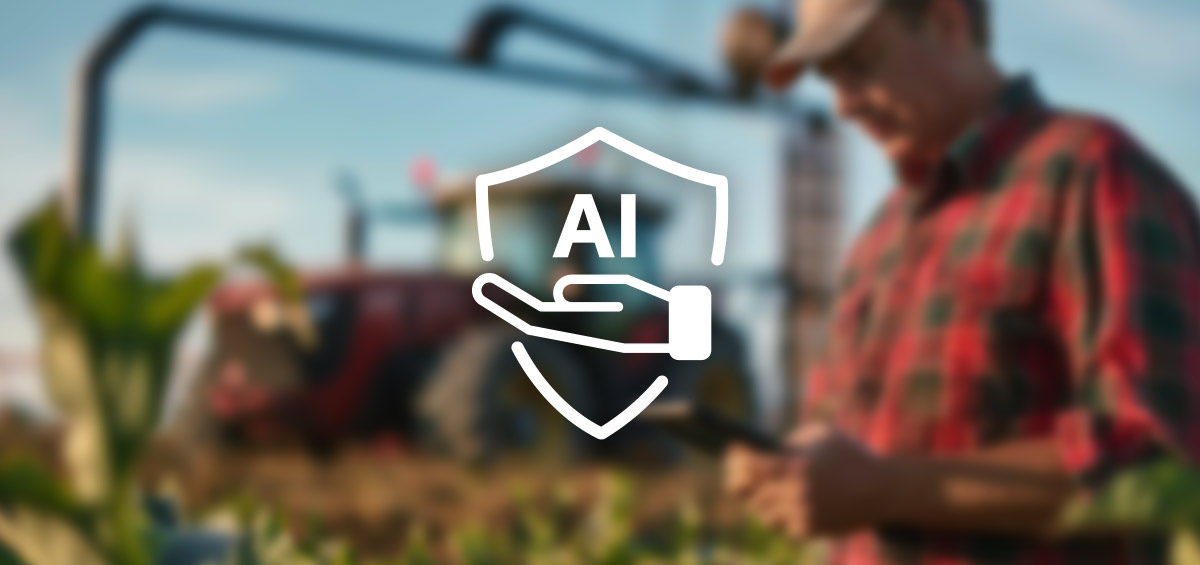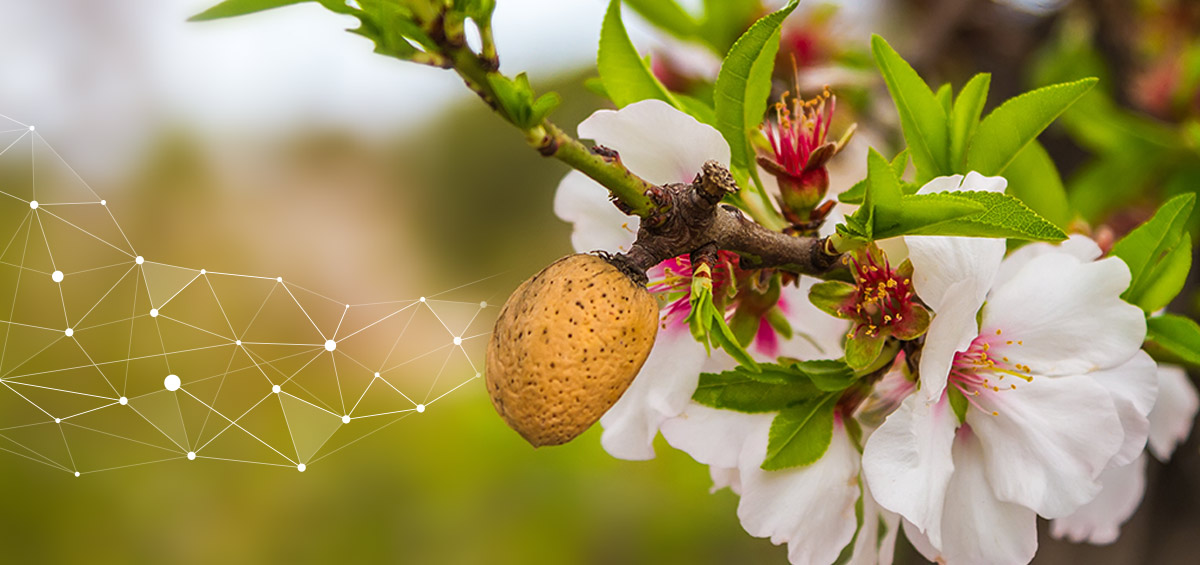Planning all activities before planting or sowing cultures is not easy and requires a lot of knowledge. But what if you want to start your production on the field were many years ago there was no production or never has been? What to do first and how many activities are necessary for the soil to become suitable for the cultivation of planned culture? Whether you plan to grow fruit, vegetable, or field crop, tillage of non-agricultural land is the same for all. It should be started 1-2 years before the planned farming. First, you need to clear the field from weeds, then systematically arrange the field in a way of leveling the field, setting up channels and roads. Deep soil tillage should be done in summer or early autumn. It implies flowing in greater depth, undermining, vertically deep loosening, or mole drainage. Then break up large compressed chunks of soil by disking, to provoke the growth of weeds and destroy emerged weeds that would inseminate. The basic part of a good planting program is testing soil fertility. Once you become familiar with the needs of the soil, you are able to make some corrections before planting or sowing and develop a plan for the upcoming tillage program. Chemical analysis of soil is carried out at a depth of 0-30 cm. From classical chemical analysis, the following parameters are obtained: soil pH, hummus, and content of nitrogen (N), phosphorus (P2O5), and potassium (K2O). If the soil is too acidic, the pH is improved with lime, about 1-4 t/ha is entered, depending on the degree of acidity. If the soil is insufficiently acidic, the pH is lowered with sulfur. Both (lime and sulfur) are administered into the soil during the fall or winter, a year before planting or sowing. You can give your fruits and veggies all the tender loving care you have to offer, but put them in the wrong soil and you’ll have plants that are less than desirable.
All cultures succeed well on soils with a higher percentage of organic matter, therefore it is fertilized with 25-40 t/ha of organic manure. You can also use green fertilization or sideration (sowing DTS, ryegrass, clover). Manure also repairs the physical characteristics of the soil.
In the end, you can add mineral NPK complex fertilizers with pronounced amounts of phosphorus and potassium (NPK 7-20-30, 8-26-26, 5-15-30, 0-20-30) or single phosphorus (MAP, DAP, superphosphate) and potassium fertilizer (KCl 60 % KCl, 40%). The same nutrients are distributed in more depth in a greater quantity in order for the plant to have them available for a longer period.
When you’re finished with all these steps of soil preparation, you can start with further farming activities (soil tillage, sowing/planting, protection, etc.). To start easily with the preparation of non-agricultural soil, let AGRIVI farm management software help you. It will give you the best practice processes for every culture you choose to grow.
Grow smarter, use AGRIVI.





